This is a case of a 7-year-old boy with a lump in his left breast, diagnosed as gynecomastia. The right breast was without any pathology.
1st visit, 28. 4. 2021
A boy, 7 years old, developed a lump in his left breast around the end of March 2021. The doctor diagnosed it as gynecomastia. The mum is not aware of any etiology that could have triggered the growth.
Personal history:
At the age of 2.5 years, he underwent adenoidectomy and tonsillectomy as both tonsils and adenoids were chronically significantly enlarged.
Between the 1st and 5th years of age, he suffered from recurrent rhinitides that used to progress into a cough lasting for 1-2 weeks and necessitated the use of ATBs. The frequency of infections was as high as going from one illness directly into another. At the time, he used to have chronically enlarged auricular and submandibular lymph nodes.
All life long, he has been extremely shy (3) in the company of strangers. Until the age of 5, he did not speak to strangers at all, especially because he was worried about saying something wrong. Now, it is not as extreme but he is still more shy than common in children of his age.
Sometimes, he has episodes of not being in reality, and his mum used the word daydreaming. When asked about details, the mum describes a particular situation when she sent him to fetch the pen case from his school bag and he couldn’t find it, even though it was clearly there. At other times, she has to call him three times by name (though he stands next to her) before he notices.
His memory is relatively poor – he does not remember what he has eaten, where they have been the day before, nor does he easily recall older events.
He goes to sleep after lunch sometimes; in the evenings, he goes to bed at 7 PM. He does not want to be disturbed when sleeping, wants to be alone, and sleeps with the lights off. When sleeping during the day, he perspires profusely on his head (the pillow is wet); the perspiration leaves maps on the bed linen.
Physically, he is a head taller than other boys of his age. He drinks a bit more than usual, especially in the mornings after waking up (2). He is jumpy (2-3).
Case analysis:
The first thing that intrigued me was the fact that the boy has had problems with his glands ever since he was small. He has a history of enlarged adenoids, tonsils and lymph nodes; now, he has a lump in the region of his left breast gland. First, therefore, I considered remedies that have a particular affinity to glands (Phytolacca, Mercurius, Baryta carbonica, Conium, etc.).
Children needing Phytollaca are often highly sensitive to pain and we usually find excessive weeping during dentition. There is an important symptom of Phytolacca, both during dentition or any other problem – namely, the tendency to bite teeth together. This is one of the leading keynotes of this remedy. It is, however, not present in this case.
We have to consider Mercurius in this case for two reasons – the complaints of glands and the perspiration on the boy‘s head, which stains the bed linen, which is a keynote of Mercurius solubilis.
Conium is indicated especially when the glands are hard, which is not the case here. In Conium, we can observe stone-hard lymph nodes (as in Calcarea fluorica, Carbo animalis and Bromium).
Where psychology is concerned, excessive shyness is the strongest feature of the case. Baryta carbonica is the only remedy with a strong affinity to glands, of which shyness is also a keynote.
However, the child has several other symptoms such as poor memory and dream-like states. However, the rubric MIND – DREAM, AS IF IN A cannot be used for this symptom because it contains remedies characterized by a subjective feeling that the patient is in a dream (Nux moschata, Carbo vegetabilis).
In this case, however, the mother is describing her observation that the child, for example, responds only after being alerted several times or does not find the pencil case in the bag. The rubric that corresponds to this symptom in Synthesis is MIND – ABSENTMINDED, see below.
Since Baryta carbonica is the only remedy that combines the 2 main aspects of the case (glandular involvement + shyness) as keynotes, I began to look for any other keynotes or confirmatory symptoms of this remedy in the child.
When asking about keynotes, it is important not to ask randomly, but in the context of existing difficulties or past symptoms. For example, when Baryta has enlarged tonsils (which is a keynote) the swelling is often so large that it causes difficulty swallowing.
Therefore, my first question was whether the child had any difficulty swallowing at the time het had chronically swollen tonsils. The mother replied, “Yes, he had difficulty swallowing solid food and wasn’t even able to swallow his medicine“.
Difficulty swallowing solid food is a keynote of Baryta carbonica, as you can see not only in the materia medica but also in the following section:
His shyness was the other thing I needed to enquire about. When his mother described it, she told me that he didn’t speak for fear of saying something wrong. I asked if there was anything that he was afraid would happen if he said something wrong, and mum replied, “He is very touchy, takes many things personally, such as when his sister is laughing and he thinks she’s laughing at him. Whenever someone laughs and he doesn’t know the context, he says “what are they laughing at, are they laughing at me?” This is one of the biggest (and keynote) fears of Baryta carbonica. Children who need this medicine often suspect others laugh at them. There is a specific rubric for this (see below):
Although there is no rubric “Gynecomastia“ in the repertory, there are several rubrics that can be used, one of which is CHEST – HYPERTROPHY – Mammae,
the other CHEST – SWELLING – Mammae
You can see that Baryta carbonica is in neither of these two rubrics. Contrary, although the swelling of glands is typical of Baryta carbonica, we can often see atrophy in testicles, breasts or ovaries. Nevertheless, there is also a rubric “CHEST – TUMORS Mammary gland; male – walnut; like a“ (note that the word tumor in the repertory does not mean malignant neoplasms but any growth/lump), with Baryta carbonica and Calcarea phosphorica being the only two remedies in this rubric, see below:
My last question was about one thing we find in almost every case of Baryta carbonica in children, regardless of other symptoms – they often have their mouths open. When I asked about this symptom, the mother answered without hesitation, “His mouth is open very often, I tell him to close it several times a day.” To me, this was the definite confirmation of Baryta carbonica.
Selection of the remedy, dosage and potency:
Baryta carbonica is the remedy that can be best confirmed on the basis of the totality of the mental picture as well as keynotes. This remedy corresponds not only to the symptoms already mentioned, but also to poor memory and absent-mindedness. Since the picture of the remedy was very clear, I recommended the administration of a single split dose at a potency of 200C.
Prescription: Baryta carbonica 200C in a single split dose
1st follow-up 2. 6. 2021 – 3 weeks after the remedy (email sent by mum):
“Hello Mr Zacharias,
it has not been a month since the remedy yet, but I am writing to you somewhat sooner because I am really worried.
My son received the remedy on 9.5.2021 exactly as prescribed. However, his breast keeps getting bigger and on 17/5 (8 days after taking the remedy), he developed subcutaneous pimples on his forehead. Emotionally, he is very unstable, he has bouts of crying, anger, regret, laughter and so on and so on. His mouth is always open and his shyness remains the same. Memory and absentmindedness are the only things that have improved. Thank you for your opinion.”
Analysis of the 1st follow-up:
In this case, we can see a worsening of all symptoms including the main problem (left breast enlargement) except for memory and absentmindedness. This reaction is a very challenging one for both the patient and the homeopath and a correct evaluation is absolutely key here.
If we are sure of the remedy (we see a number of keynotes and confirmatory symptoms in the case) and see this reaction, the best step is to repeat the original remedy at a higher potency. At the first glance, this step seems completely illogical as the most common interpretation of this reaction is that the remedy was given at a too high potency, causing excessive aggravation; the practice, however, shows us the exact opposite.
If the remedy is correct but the organism is given a lower potency (e.g., it needs a potency of 1M but a too low potency of 200C is given), the drug has the power to initiate the first phase of the therapeutic response (which is defined by the initial aggravation) but the potency is not strong enough to push the therapeutic response into its second phase (improvement) and the organism becomes “stuck” in the initial aggravation phase. Since the symptoms were very clear in this case, I recommended administering Baryta carbonica at a potency of 1M in a single split dose.
Prescription: Baryta carbonica 1M in a single split dose
2nd follow-up 30. 6. 2021 – 10 days after Baryta carbonica 1M (e-mail sent by the mum)
“Hello Mr Zachariáš,
I am writing you 10 days after the remedy. The night immediately after taking it, he had diarrhea at about 1AM, which lasted for about an hour. Hard to say if it was associated with the remedy or not. The condition remains similar to that after the last dose, the only difference being that the lump ceased growing and remains the same size.
Thank you for your opinion.”
Analysis of the 2nd follow-up:
Although it is now only 10 days after the second dose and we see no change compared to the last follow-up at the psychological level, the main problem, i.e., the lump in the breast, has stopped growing almost immediately after the remedy was given (after a brief aggravation – diarrhea). For this reason, I have now recommended waiting for 2-3 weeks without repeating the remedy.
Prescription: wait
3rd follow-up 11. 8. 2021 – 5 weeks from the last follow-up (e-mail from the mum)
“I am sending you a report of my son’s condition after some time. The lump in his breast is gone! The shyness has improved, I see him less frequently with an open mouth and he doesn’t have the episodes of absent-mindedness at all. As for his memory, he is better in recalling events from the past now, but his short-term memory is worse, I think. A new phenomenon – he is more cheeky, doesn’t obey, tests his limits and our nerves. It’s a roller coaster of emotions, like in puberty. Still, thank you so much!
Analysis of the 3rd follow-up:
Now, it is about 7 weeks since the remedy was given. The main problem (the lump in the breast) is gone and the child is psychologically better as far as his shyness is concerned, but, at the same time, he is more naughty. This is a frequently observed reaction after a correct remedy – that the previously quiet, obedient and overly shy child starts to show more of its own opinions and its behaviour gets worse, especially as the parents are used to an extremely obedient child.
Prescription: wait
This text is protected by authorship laws. Any dissemination, lending, sharing, copying or reproducing this text in any sense without the previous consent of the Author is prohibited. Petr Zachariáš (C) Copyright

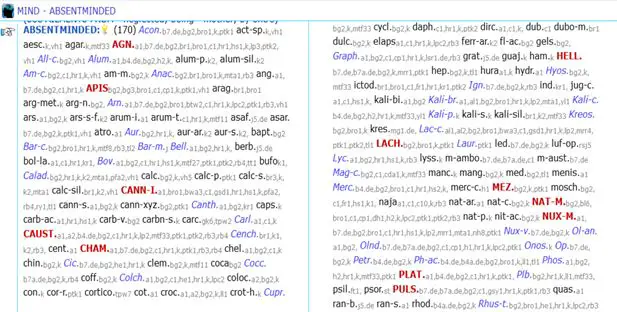
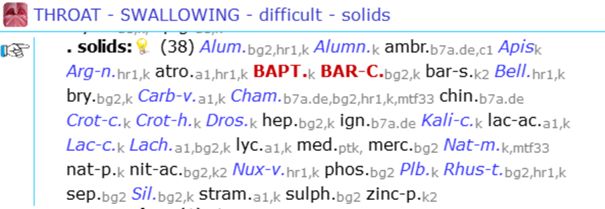




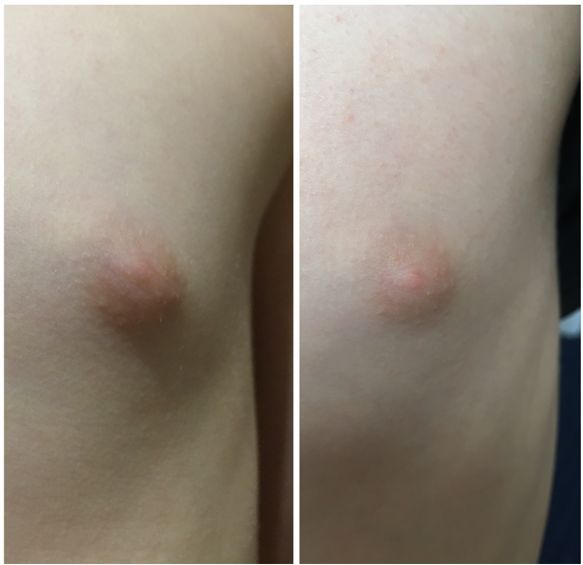
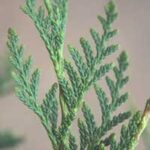
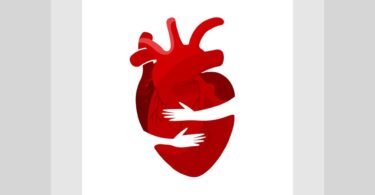
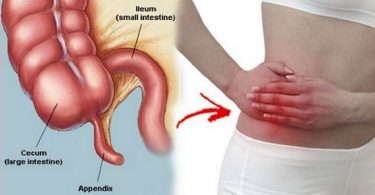

Marvelous detailed analysis leading to the simillimum. Your cases are perfect lessons!